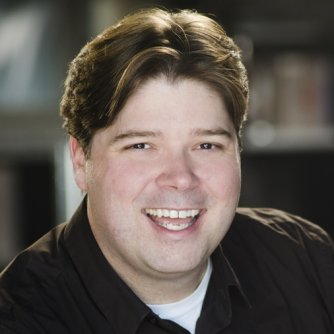
It's the latest example of an eclectic approach to symphonic writing from Amram, who's often called a musical Renaissance man. When you take a look at his background, it’s not difficult to see why:
He plays 35 instruments. He played with Dizzy Gillespie, Charles Mingus, Pete Seeger and Bob Dylan, to name a few. He helped establish the French horn as a jazz instrument. He set Jack Kerouac’s words to music. Leonard Bernstein made him the New York Philharmonic’s first composer-in-residence.
More recently, Amram conducted the Colorado Symphony’s rendition of the iconic “This Land Is Your Land” for the album “This Land: Symphonic Variations on a Song by Woody Guthrie,” slated for release April 29.
He chose the Colorado Symphony for the recording in part because he felt musicians living in the middle of the country would have the best understanding of the feel he wanted when the music was performed.
Amram spoke with Ryan Warner about writing his piece for Woody Guthrie's 100th birthday, his friendships with the Beat writers and why the ney – a traditional flute he encountered in Iran – was the most difficult instrument he ever tried to learn.
Interview highlights
On the challenge of finding a fresh approach to using the melody from Guthrie’s song “This Land is Your Land”:
"I had to sit there and use two of the greatest technological artifacts of the late 20th century: the eraser and the wastebasket. Because I had played that song with Woody’s son, Arlo Guthrie, probably 100 times; with Pete Seeger, I imagine, 300 times; with Willie Nelson at Farm Aid every year 17 times; and a lot of other people. And it’s always different and it’s always such a moving experience to hear the song, those beautiful words and the audience singing. So it’s already perfect as it is, so my job was to use it as a theme and variations and try to enhance it."
On learning how to play 35 instruments from around the world:
"French horn was my primary instrument. All the other instruments that I play now I learned over the last 50 or 60 years from traveling – being in places where they would say, ‘Hey, did you ever see one of these?’ And they would show me something, and then I would watch them play, and then I’d go home and practice for a year or two … Then I would play with musicians who played those instruments all the time. Now the young folks today can go on YouTube and get a free lesson from the masters. My YouTube was 60 years of travelling."
On meeting Neal Cassady, a member of the Beat movement and one of the inspirations for Jack Kerouac’s “On the Road,” in 1965:
"Part of his nonstop monologues … was talking about the music of Hector Berlioz, and how Hector Berlioz was a guitar player that learned orchestration by hanging out with musicians in the orchestra pit and playing percussion and getting a hands-on education by being part of the picture, and how he thought what I was doing related to that because I was always playing with other musicians as well as sitting in a room writing classical music. He saw that relationship, which I never thought about."









